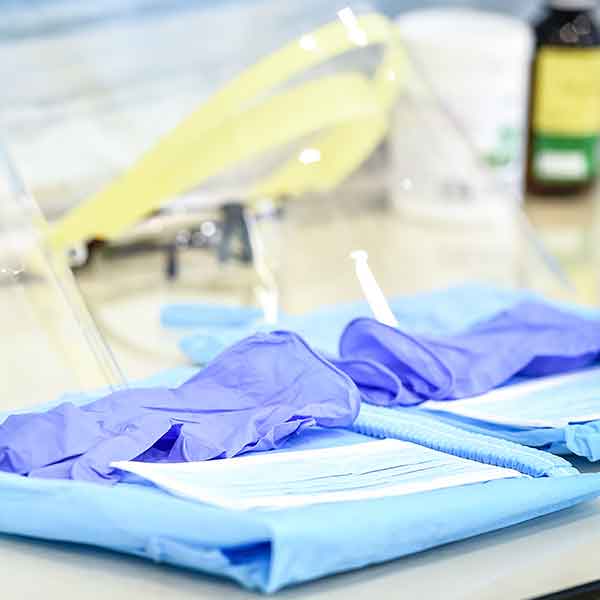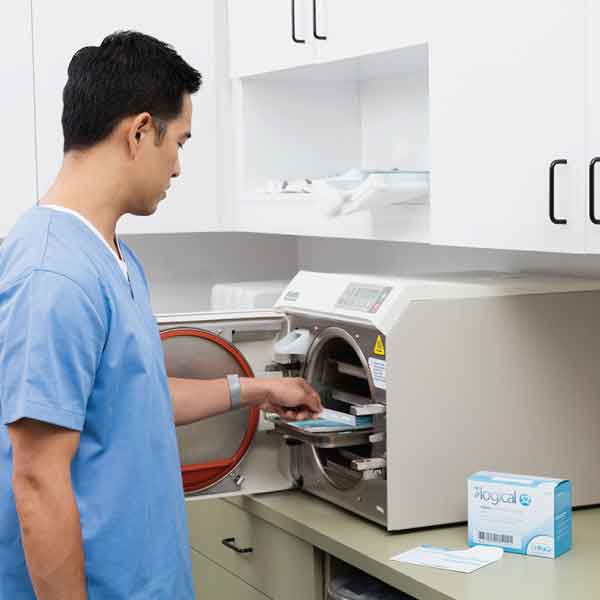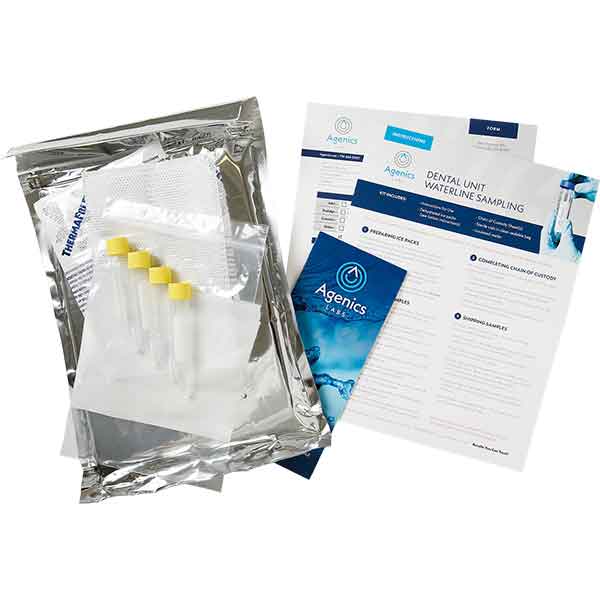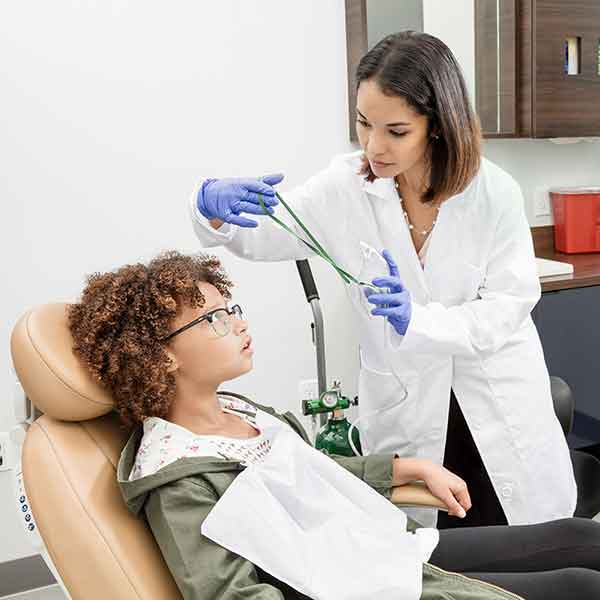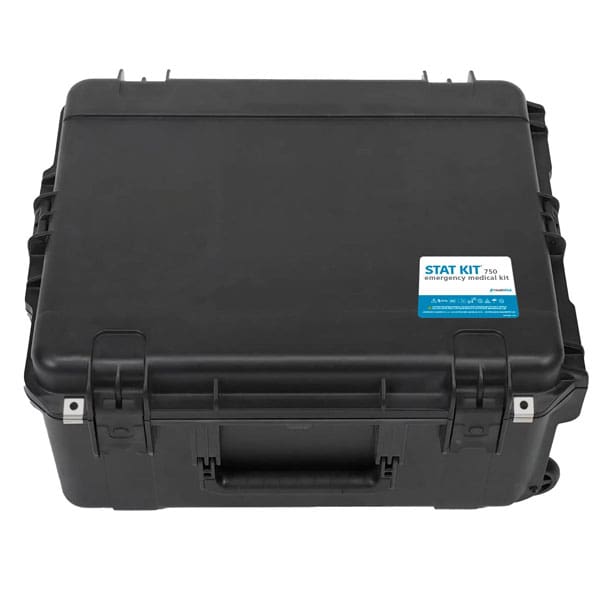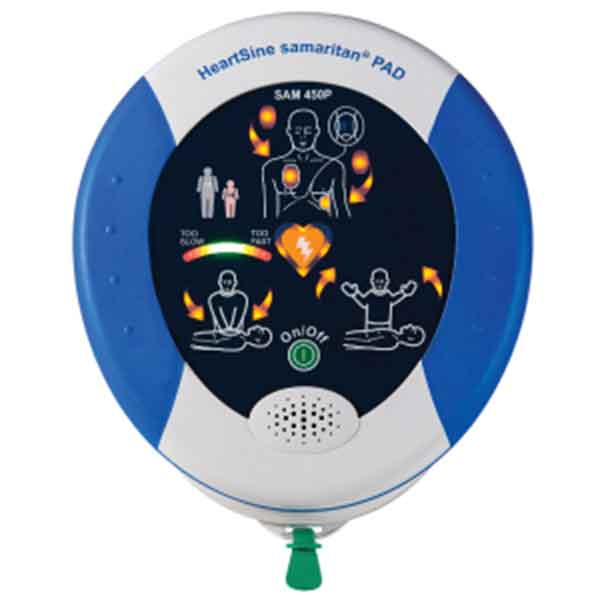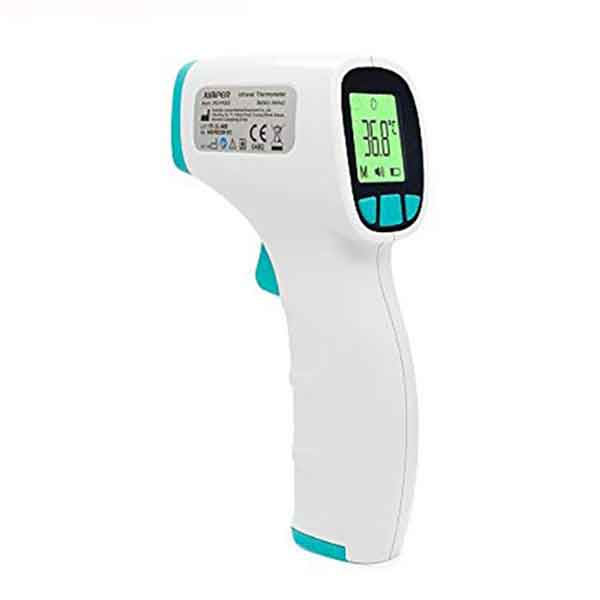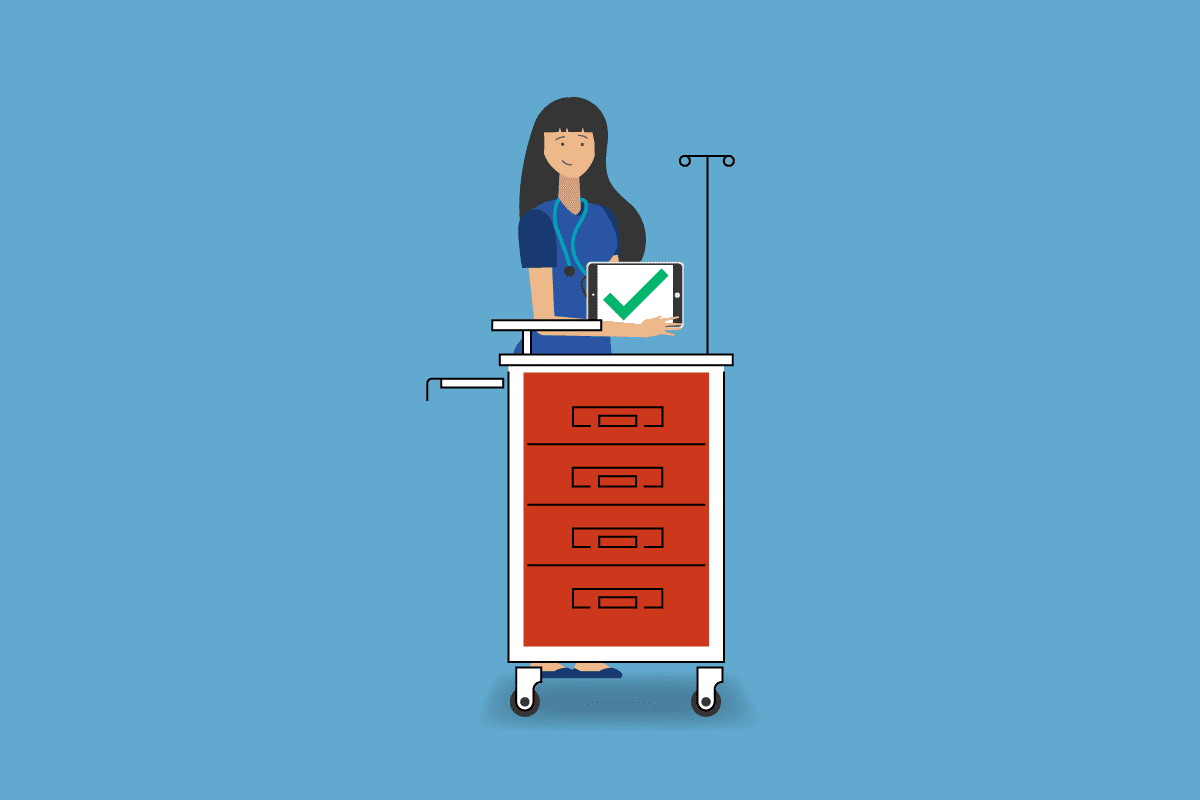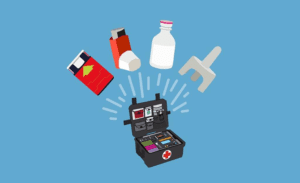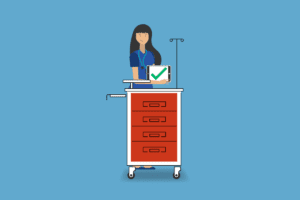When a medical staff encounters a patient or bystander experiencing a medical emergency, where do they turn to provide life-saving assistance? Calling 911 is critical, but in the meantime, all medical offices must be prepared with devices and emergency medications commonly known as a crash cart.
Check out this quick interview with HealthFirst Marketing Product Manager Lynda Goodrich as she highlights important factors medical staff should keep in mind in maintaining medical emergency readiness. She also shares experiences HealthFirst customers have relayed to us about the medical emergencies they have managed in their offices.
Crash Carts Are Only Needed in Hospitals, Right?
Crash carts are a necessity in any medical care setting where a patient or visitor could suddenly require medical emergency assistance.
Emergencies often happen at regular visits too. If you’re feeling sick and get into your primary care physician—you may be having atypical cardiac problems but don’t know it. You’d want to be sure your physician is prepared.
Can’t They Just Call 911?
Yes, and that’s the first call to make. But when a patient is crashing, one should be prepared to help the patient for up to 30 minutes before emergency services arrives. The average response times in urban areas is 10 minutes, longer in high density and in rural areas. Those first precious minutes can mean the difference between life and death.
In fact, we have heard of patients who have experienced chest pain but did not call 911. They did drive themselves to the local urgent care clinic seeking help. Fortunately, the urgent care facility was equipped with a crash kit and was able to stabilize the patient until EMS arrived.
When I Think About a Patient “Crashing,” I Think About Cardiac Arrest and Shocking the Patient Back into Rhythm with an Automated External Defibrillator (Aed). Isn’t That Enough?
You absolutely should have an AED—they should be everywhere. But AEDs treat only certain cardiac events, not even all cardiac events. One in 3 Americans are walking around with some form of cardiovascular disease. Crash kits contain other cardiac medications and provide the protocols and algorithms for treating a variety of cardiac events.
Medical emergencies (or crashing) are not just about cardiac events. Think about the opioid crisis our country is facing. We hear all the time about people who come across a person who has overdosed say in the parking lot, run into the doctor or dental office seeking medical help. Crash kits contain naloxone that reverse the overdose and save lives every day. Even police carry naloxone—it’s easy to administer and it’s saving lives every day. If naloxone was not available on site and we depend solely on calling 911, more and more Americans will be lost to this horrible crisis.
What Other Types of Medical Emergencies Can Occur?
Four examples:
- Sedation procedures. Let’s think about the procedures involving sedation that a doctor or dentist is performing in an outpatient setting. If they are doing any type of sedation, that puts patients at risk. The physician should be equipped and capable of reversing the sedation and stabilizing the patient until further medical assistance arrives.
- Allergic reactions, particularly to contrast medium during a routine MRI, are common. As are an allergic reaction to medical spa injections such as Botox or Restylane injections. These facilities should be equipped with epinephrine to treat anaphylaxis.
- Youth sports. What happens when student-athletes suffer an asthma attack on the field, but there is no kit on hand to treat them? Even if they have an inhaler, they likely don’t have it on the field or court with them.
- Health complications from diabetes. The prevalence of diabetes in the United States has increased by 382% between 1988 and 2014, and today diabetes kills at least 69,000 people each year1. Patients with diabetes invariably have significant, and sometimes unknown, health complications.
Okay, Now I Am Convinced I Should Be Prepared. What Do I Need? Is There a Standard List of Required Medications?
Unfortunately, there is no one set of standards.
The first place to check: State guidelines for requirements relevant to your type of practice and the procedures you are performing. That’s because some procedures have a higher risk and potential to cause harm to a patient.
It also doesn’t hurt to check in with your attorney.
If you are seeking accreditation, you will need to follow the recommendations of the accrediting body to either become or remain accredited. I have included a comprehensive list of recommendations from the major accreditation groups in the HealthFirst e-book “Crash Course on Crash Carts”.
It’s also important to have a kit or cart that matches the level of your training. For example, if you are not comfortable starting an IV, a basic life support (BLS) kit is ideal for your practice. BLS kits contain easy to administer medications in spray pumps, auto-injectors, inhalers and other non-IV delivery mechanisms.
If you are a radiology or surgery group, for example, you are likely performing procedures that require an IV start, so having injectable vials of medications is appropriate.
The e-book includes common configurations for crash kits and crash carts including:
- BLS (non-IV) crash kits – dental and general physicians
- PALS – pediatric life support for those who see children
- ACLS crash kits – cardiology practices, radiology
- Full-blown crash carts (rolling cart of wheels) – common in outpatient surgery centers.
Can’t Medical Offices Make Their Own Crash Kit?
In a hospital, a pharmacist helps keep the crash cart stocked and monitored. They have the medications to restock the cart or kit right on site. They also buy in bulk quantities instead of a single unit. Additionally, the Drug Supply Chain Security Act (DSCSA) requires dispensers and pharmacies to be licensed and comply with serialized prescription medications by November 2020, so breaking down bricks of medications and redistributing them throughout their network may not comply with the new laws.
Manufacturers sell medications in bricks of 10 to 25. Medical and dental offices likely only need one, two or five vials of each medication. Buying in bulk is not cost-effective.
Another challenge: monitoring the expiration dates of medications, many of which have different shelf lives ranging from less than a year to two years. Often, it’s a neglected task. When an emergency does occur, you want to know your kit is not only readily available, but that the medications and devices are organized and up-to-date. The Joint Commission is cracking down on this issue and strongly urges the use of technology and automation to keep emergency equipment and medications current.
The good news: such technology exists. HealthFirst developed a proprietary technology platform to monitor expiration dates and prompt automatic replenishment shipments for expiring medications and devices. We take the manual drug checking and sourcing off your task list.
With OnTraq, you can see the status of the medications by expiration date and view upcoming drug replacement shipments. You can also see the lot number of each medication in case of a national manufacturer recall. With OnTraq, there’s no need to open the kit and check each vial’s expiration date and purchase replacement medications. Medications are automatically shipped to you before they expire, with a return envelope for disposal of the expired medications.
1 American Diabetes Association, reporting data from the National Institutes of Health. https://professional.diabetes.org/content/fast-facts-data-and-statistics-about-diabetes
























